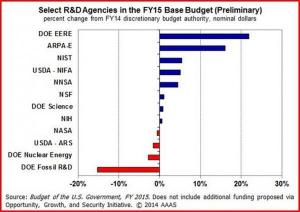What’s New
10 March 2014
ITER news digest for the period of 3 March 2014 to 10 March 2014.

Dhiraj Bora on fusion

Spitzer: Fusion Vs Fission


Désolé, cette page n'existe pas en français.


